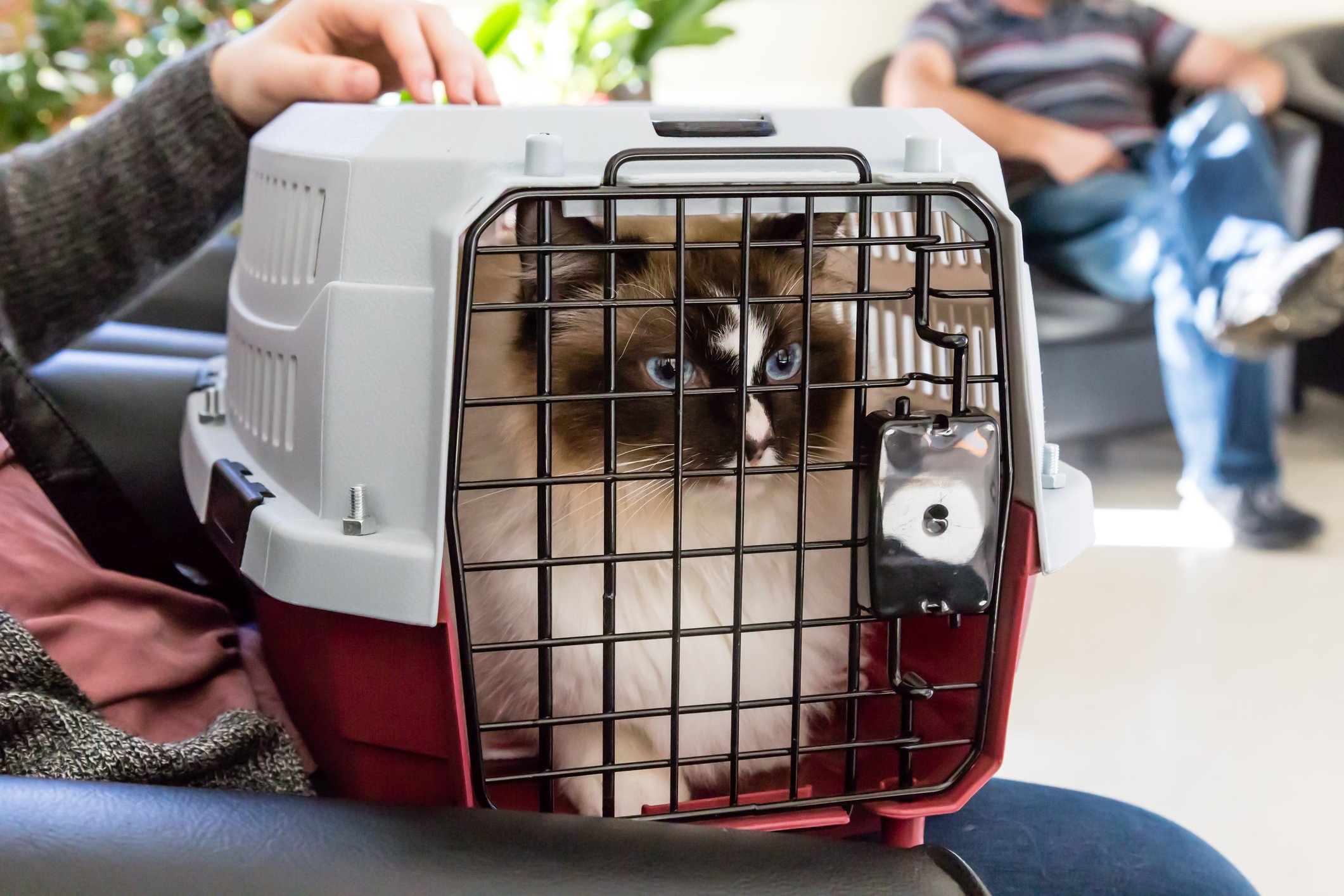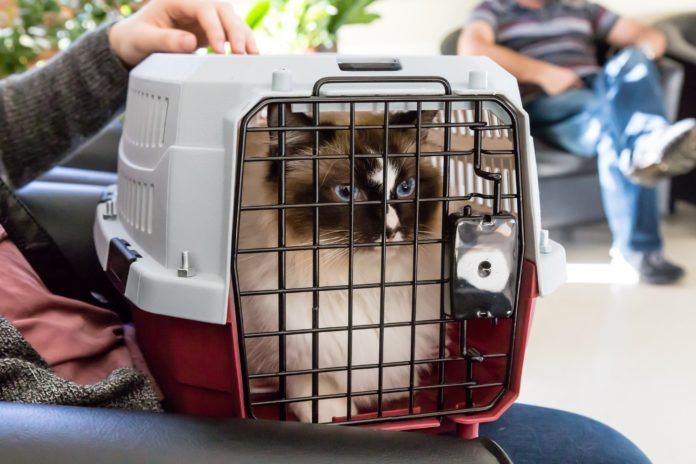© Ulrika/Getty Images

All companion animals require regular veterinary attention. Cats aren’t “little dogs” — they have their own unique and specific medical requirements. Additionally, many cats are extremely anxious when being cared for at a veterinary hospital that cares for both dogs and cats. To provide cats with the most appropriate care — and the least stressful experience possible — there are many advantages in using the services of a feline-only veterinary practice.
We reached out to Arnold Plotnick, DVM, DACVIM, the founder of Manhattan Cat Specialists and frequent contributor to Catnip, to learn more about the benefits of using a feline-only veterinary practice. Manhattan Cat Specialists is a cats-only veterinary facility located on the Upper West Side of Manhattan.
“To begin with, just having to contend with the dogs in the reception area in a general-practice veterinary facility can be extremely stressful for cats and this can freak them out,” explains Dr. Plotnick. “Obviously, there will be no canine encounters to be concerned about in a feline-only practice.”
Staff knows cats very well
“The staff in a feline-only facility loves, appreciates and understands the special nature of the feline, and they know how to compassionately work with cats that are difficult to handle. Their training enables them to recognize the difference between the behavior of a frightened cat from one that is angry and aggressive,” explains Dr. Plotnick. “They can more accurately judge when restraining a cat is necessary, or when just a gentle and confident touch is more appropriate. The experienced staff in a feline-only facility is better able to interpret the feline’s facial and behavior cues.”
Dr. Plotnick believes that another important advantage in using a feline-only practice is that one of the most difficult challenges is being able to “read” a cat’s behavior in order to ascertain whether a cat is sick and/or is experiencing pain.
“Because many general-practice facilities generally see more dogs than cats in their practice, some of these subtle signs in cats can be easily missed,” says Dr. Plotnick. “However, since cats are the only species seen in a feline-only practice, the staff at an all-cat facility can interpret the cat’s subtle symptomatic behavior and more swiftly be able to take the correct measures to provide the cat with appropriate care.”
Hospitalization is less stressful
Feline-only practices also have advantages when a cat needs to be hospitalized. “There is hardly anything more stressful for a sick cat than to be caged next to a yapping canine that keeps the unfortunate and unhappy cat up all night,” says Dr. Plotnick. “Having to cope with the unfamiliar and frightening sounds of barking dogs in adjacent cages is certainly not conducive to a cat’s recovery. Additionally, boarding a cat in a feline-only facility allows the cat to more easily adjust to her surroundings and to be less stressed-out since there are no dogs on the premises.”
Expertise in feline issues
According to Dr. Plotnick, “The biggest advantage of using a feline-only practice is the doctors’ expertise in feline medical conditions. Cats have unique medical requirements that feline-only practices are capable of providing. There are feline medical conditions that a general practitioner may rarely encounter, whereas in a feline-only practice these conditions are seen more often.”
Some of the feline medical conditions that general practitioners might diagnose less frequently as compared to a feline practitioner include: acromegaly (a disorder caused by excessive secretion of growth hormone from a pituitary tumor); pancreatitis; FIP (feline infectious peritonitis); and hyperaldosteronism (a glandular disorder caused by excessive secretion of the hormone aldosterone from the adrenal glands).
Another common — and sometimes misunderstood — condition in cats is anal gland abscesses. “Dogs with anal gland problems sometimes need to have one or both anal glands removed. Cats frequently get anal gland abscesses, but it is rare for a cat to require removal of the anal gland(s). I’ve given second opinions on these cases where the initial veterinarian assumed that the same rules apply for cats — when in fact, lancing the abscess and administering a course of antibiotics is usually all that is needed,” explains Dr. Plotnick. “This is another good example of where increased familiarity with this condition would lead to a better outcome for the cat.” — Catnip staff




